Email Personalization: How to Make Your Campaigns Stand Out
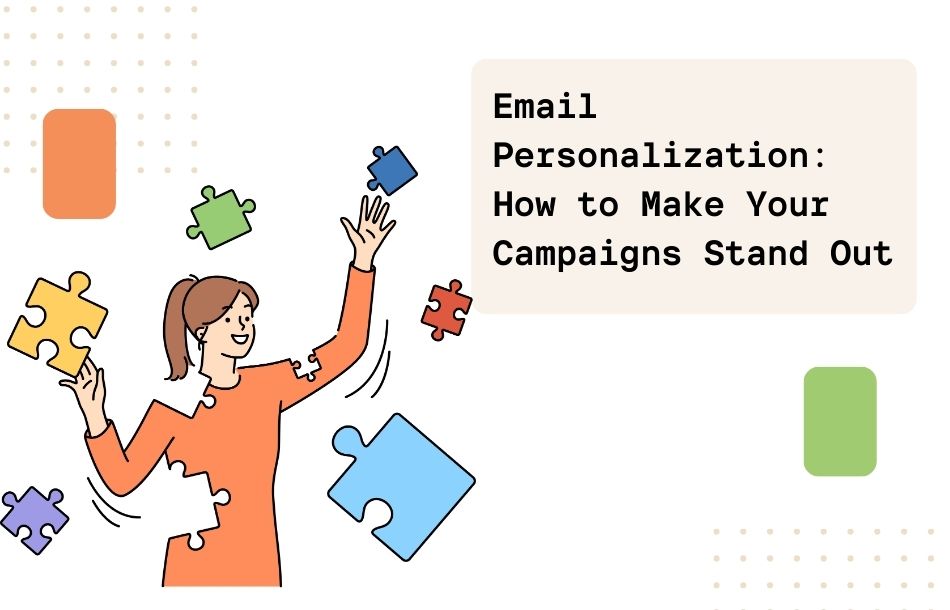
Does your recipient mark your email as spam without even opening it? My marketer pal! Gone are the days of generic, one-size-fits-all email blasts. Modern consumers expect messages tailored to their preferences, interests, and behaviors.
You can capture your receivers' attention and encourage them to open your email by including something relatable.
If you've ever heard the word "selective attention" before, you'll know what I'm talking about. One fact about selective attention in email personalization is that personalized emails can increase open rates by up to 26% and generate six times higher transaction rates, demonstrating the significant impact of tailoring content to individual recipient preferences.
You can capture your receivers' attention and encourage them to open your email by including something relatable.
If you've ever heard the word "selective attention" before, you'll know what I'm talking about. One fact about selective attention in email personalization is that personalized emails can increase open rates by up to 26% and generate six times higher transaction rates, demonstrating the significant impact of tailoring content to individual recipient preferences.
What is email personalization?
Email personalization is the art of tailoring email content to resonate with each individual recipient, transforming a generic message into a personal conversation. Imagine receiving an email that feels like it's been crafted just for you, addressing your unique interests, preferences, and needs. That's the magic of email personalization.
It's not just about using the recipient's name; it goes deeper, leveraging data like browsing history, purchase records, and engagement levels to create a message that's as unique as a fingerprint.
This approach turns a standard email blast into a symphony of relevance, where every note is in harmony with the recipient's expectations and desires. In this digital era, where inboxes are battlegrounds for attention, email personalization is the secret weapon for standing out. It's like having a coffee with a friend who remembers your favorite blend and asks about your recent vacation – it's personal, engaging, and memorable.
This strategy is not just about boosting open rates or click-throughs; it's about building a relationship. Each personalized email is a brick in the bridge of trust and loyalty between a brand and its customers. It's storytelling at its finest, where the narrative is constantly evolving to match the reader's journey, making every email not just a message, but an experience to look forward to.
It's not just about using the recipient's name; it goes deeper, leveraging data like browsing history, purchase records, and engagement levels to create a message that's as unique as a fingerprint.
This approach turns a standard email blast into a symphony of relevance, where every note is in harmony with the recipient's expectations and desires. In this digital era, where inboxes are battlegrounds for attention, email personalization is the secret weapon for standing out. It's like having a coffee with a friend who remembers your favorite blend and asks about your recent vacation – it's personal, engaging, and memorable.
This strategy is not just about boosting open rates or click-throughs; it's about building a relationship. Each personalized email is a brick in the bridge of trust and loyalty between a brand and its customers. It's storytelling at its finest, where the narrative is constantly evolving to match the reader's journey, making every email not just a message, but an experience to look forward to.
The Most Successful Cases of Email Personalization
1. Netflix
Netflix excels in personalization by recommending content based on users' viewing history. They send emails with subject lines like "Because you watched [Title], here are more recommendations." This strategy keeps subscribers engaged and reduces churn.
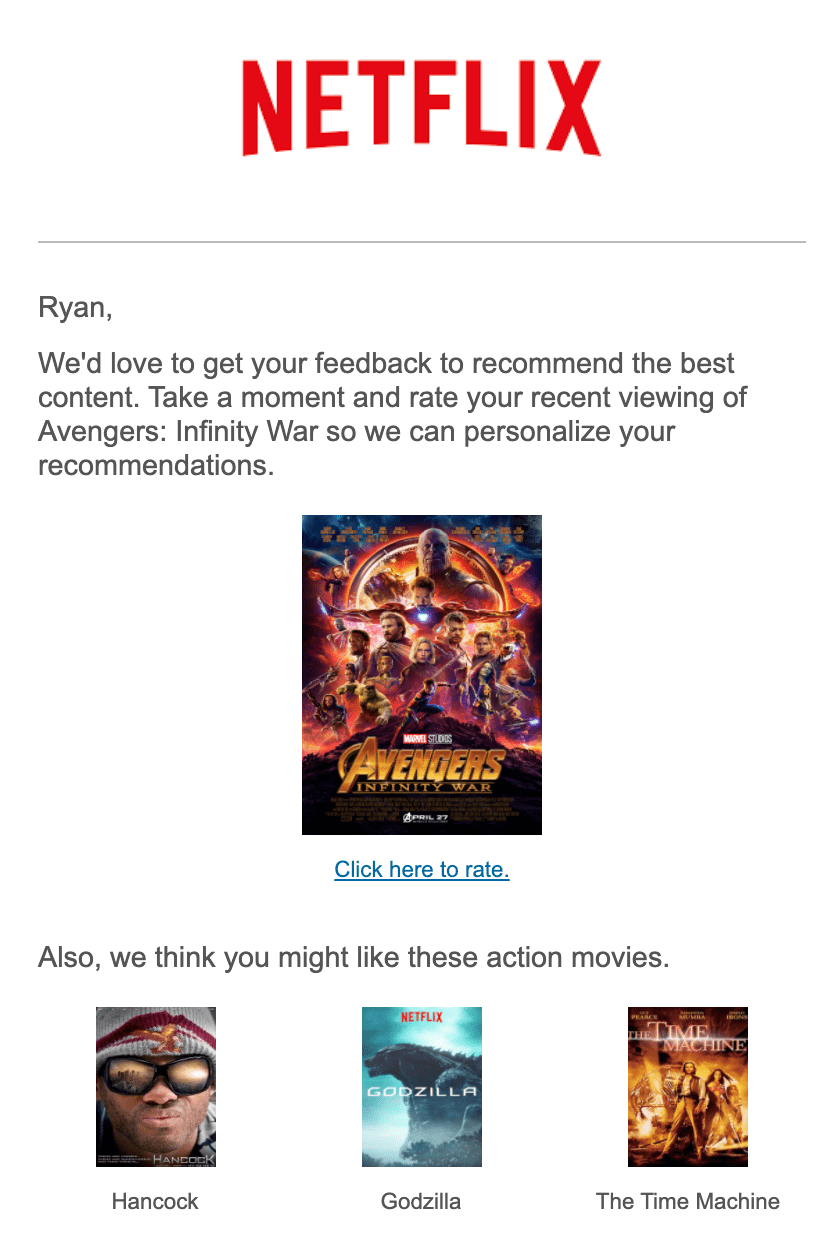
2. Spotify
Spotify celebrates users' anniversaries with personalized playlists, highlighting their favorite songs and artists from the past year. It's a creative way to show appreciation and encourage continued subscription.
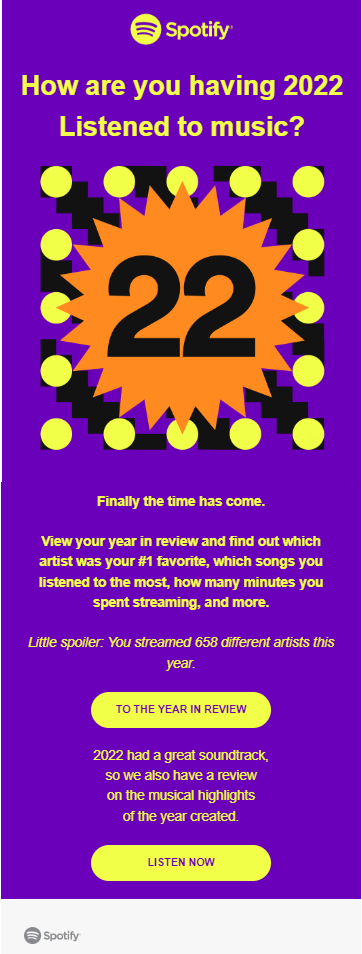
3. Airbnb
Airbnb sends personalized emails featuring potential travel destinations and accommodations tailored to the user's previous searches and interests. This approach increases the likelihood of conversion.
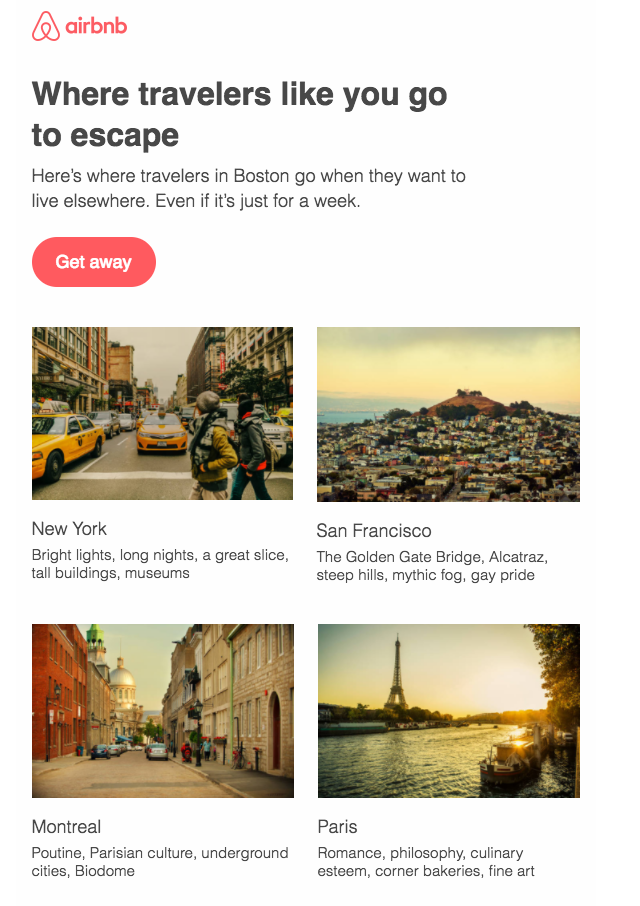
4. Amazon
Amazon utilizes email personalization to recommend products based on a customer's browsing and purchase history. They often send emails with subject lines like "Recommended for You" or "Customers who bought this also bought," tailoring product suggestions to individual preferences.
Amazon also leverages users' search and browsing history to provide highly personalized product recommendations via email. By analyzing a customer's past interactions on the platform, Amazon tailors email content to showcase products and deals aligned with their preferences, enhancing the shopping experience and increasing conversion rates. This approach not only boosts customer engagement but also reinforces Amazon's reputation as a customer-centric e-commerce giant.
Amazon also leverages users' search and browsing history to provide highly personalized product recommendations via email. By analyzing a customer's past interactions on the platform, Amazon tailors email content to showcase products and deals aligned with their preferences, enhancing the shopping experience and increasing conversion rates. This approach not only boosts customer engagement but also reinforces Amazon's reputation as a customer-centric e-commerce giant.
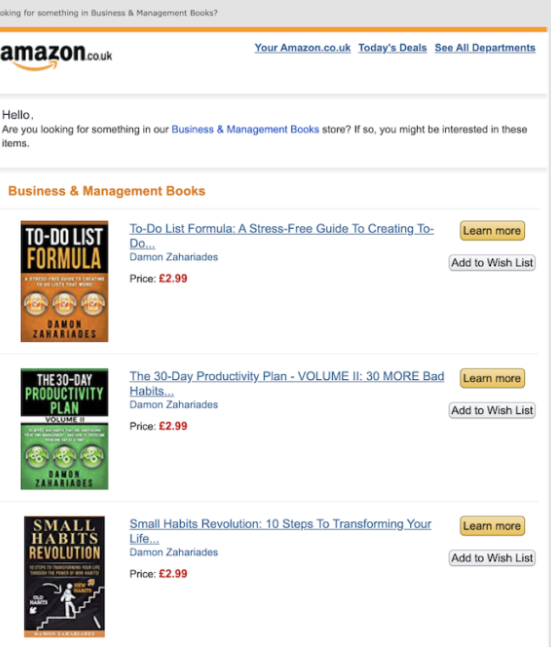
5. LinkedIn
LinkedIn sends personalized email notifications about job openings, connection requests, and industry news. They also provide customized content suggestions based on a user's profile and activity, fostering engagement on their platform.
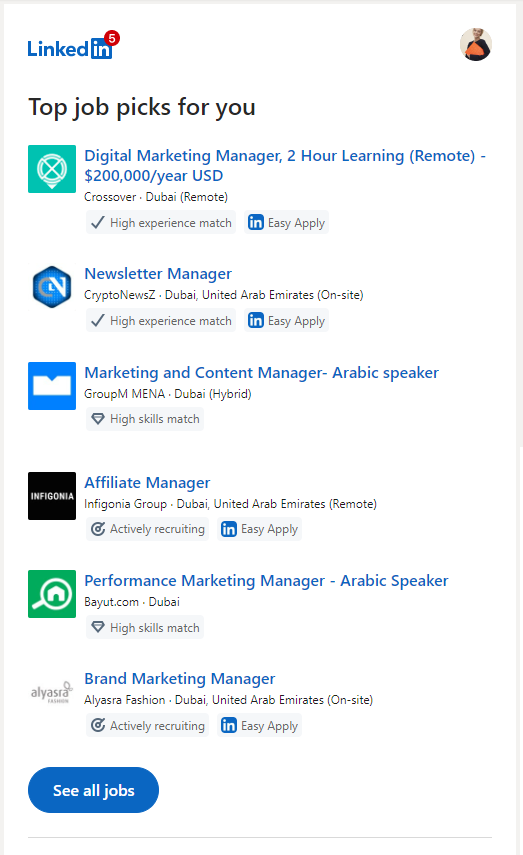
6. Uber
Uber personalizes their email communication by addressing customers by their first name and sending tailored ride recommendations based on their previous rides or location. They also send special promotions and discounts relevant to the user's location and ride history.
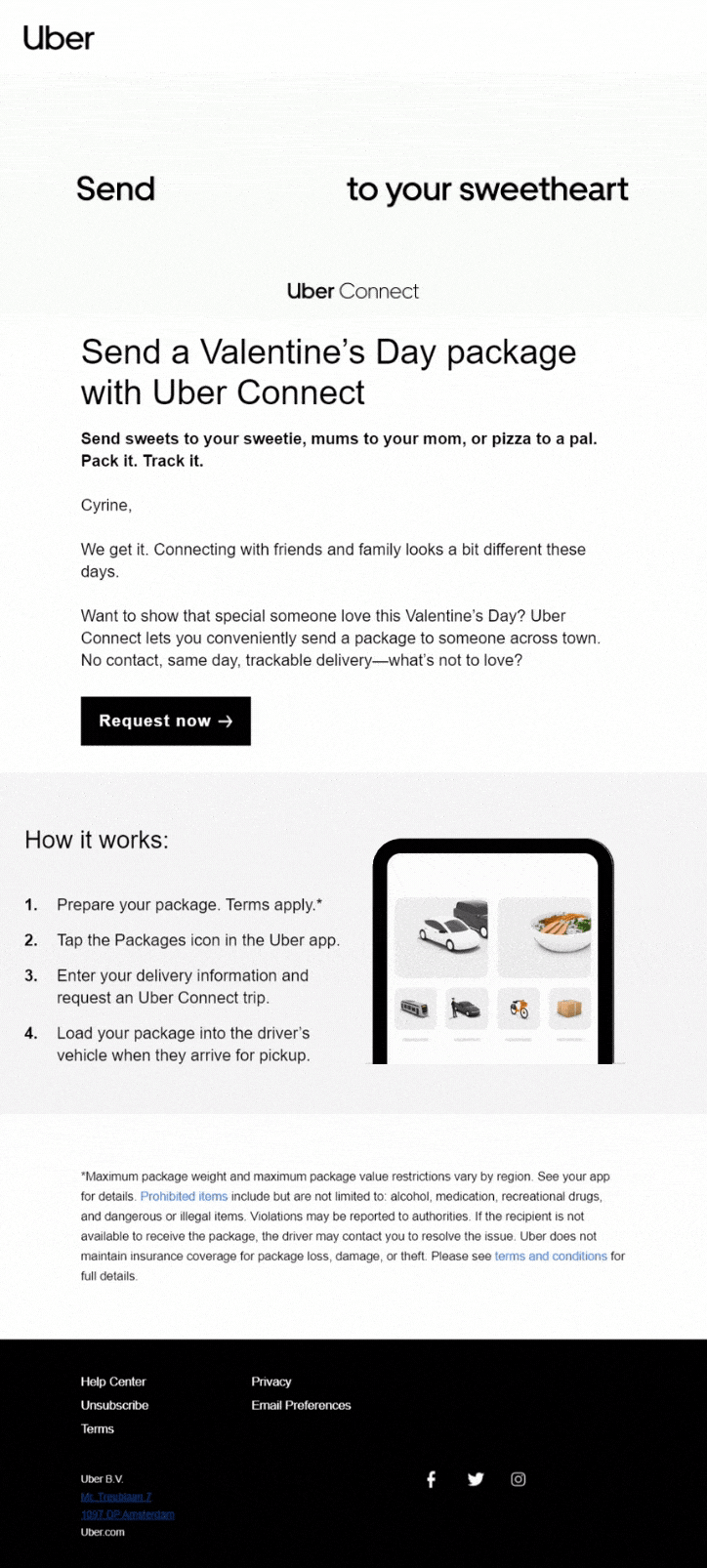
7. The New York Times
The New York Times employs email personalization by curating daily or weekly newsletters with content tailored to a subscriber's interests. They track which articles subscribers read and use this data to send relevant news updates, ensuring engagement with their platform
How to personalize your email campaigns?
1. Start with a Personalized Greeting
When it comes to email personalization, the first thing that comes to mind is using recipient names. And this is true! This is the first and simplest step in email personalization. People respond positively to hearing their names, and the likelihood of capturing their attention improves.
The simplest form of personalization is addressing your recipient by their name. Most email marketing platforms allow you to insert dynamic fields to automatically populate the recipient's name in the greeting. For example: "Hi [Recipient's Name]," This small touch can significantly increase email engagement rates.
But be careful not to make the "firstname mistake" If your email begins with "Hey [FNAME]!" If certain subscribers' names do not appear in the Name field, there will be an empty space. This will have a negative impact on your specific subscriber, so use a fallback tag. If their name does not appear on your list, it will select a word instead.
Hello [FNAME,fallback=Sunshine], please check out our new fashion goods!
Here are some additional examples; remember to consider your recipient's age and the nature of your business when employing greeting phrases:
The simplest form of personalization is addressing your recipient by their name. Most email marketing platforms allow you to insert dynamic fields to automatically populate the recipient's name in the greeting. For example: "Hi [Recipient's Name]," This small touch can significantly increase email engagement rates.
But be careful not to make the "firstname mistake" If your email begins with "Hey [FNAME]!" If certain subscribers' names do not appear in the Name field, there will be an empty space. This will have a negative impact on your specific subscriber, so use a fallback tag. If their name does not appear on your list, it will select a word instead.
Hello [FNAME,fallback=Sunshine], please check out our new fashion goods!
Here are some additional examples; remember to consider your recipient's age and the nature of your business when employing greeting phrases:
- Hi There,
- Hey [Your Product/Service] Enthusiast,
- Warmest Greetings,
- Good to See You,
- Happy to Connect,
- Dear [Your Brand] Fan,
- Welcome Back,
- Hi Friend,
- Hi Buddy,
- Hey Pal,
- Hello Champ,
- Hiya Buddy,
- Greetings, Superfan,
- How's it going, Rockstar,
- Hey there, Partner,
- Hi Sunshine,
- What's up, Legend,
- Hey, Sidekick,
2. Segment Your Email List
Segmentation involves categorizing your subscribers based on their demographics, purchase history, browsing behavior, and more. By grouping similar individuals together, you can send highly relevant content to each segment. For instance, a clothing retailer can send different emails to men and women, promoting their respective products.
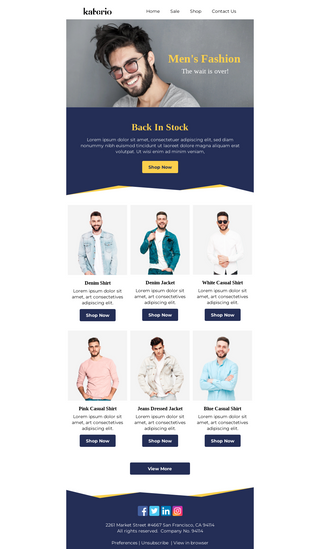
3. Leverage User Behavior
Track and analyze user behavior, such as website visits, click-through rates, and past purchases. Use this data to create personalized email content that aligns with your subscribers' interests. For example, if a customer often clicks on hiking gear, send them recommendations related to outdoor adventures. eCommerce giants like Amazon excel at this by suggesting items similar to what you've viewed or bought.
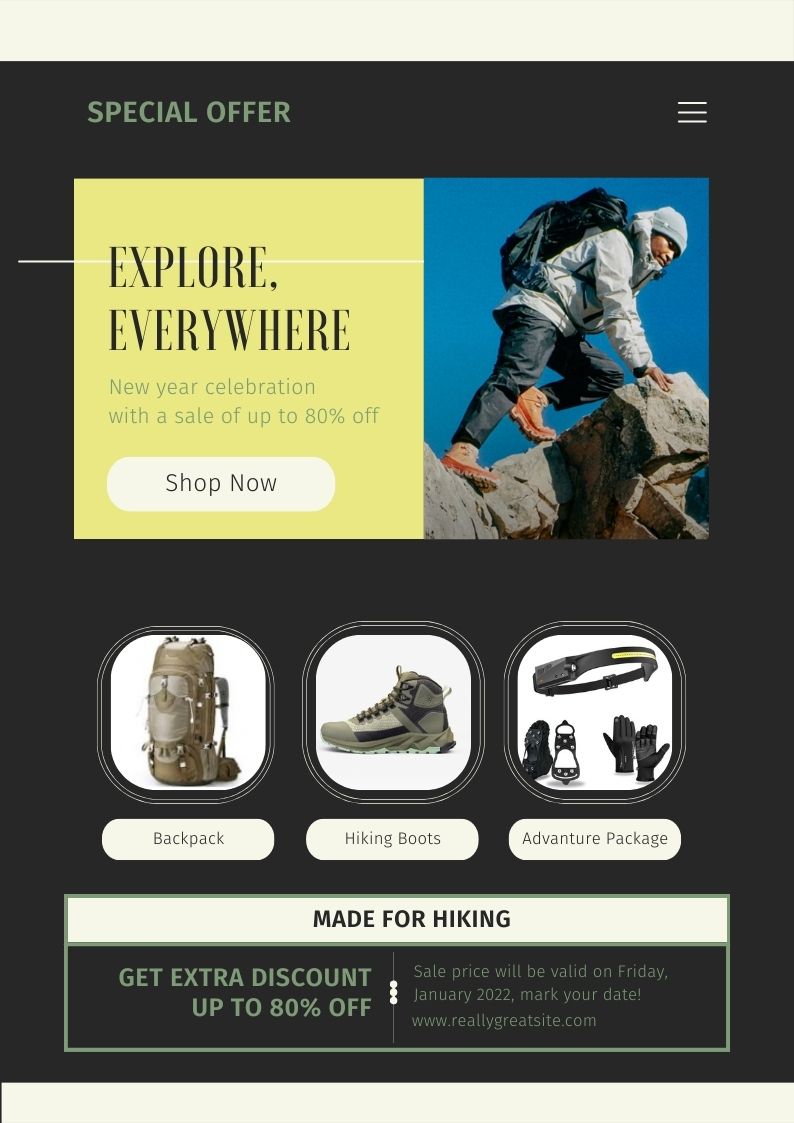
4. Tailor Content Based on Location
Location-based personalization involves sending content relevant to a recipient's geographical location. For instance, a restaurant chain can promote special offers or events happening in a specific city or region. Geo-targeting adds relevance and increases the likelihood of engagement.
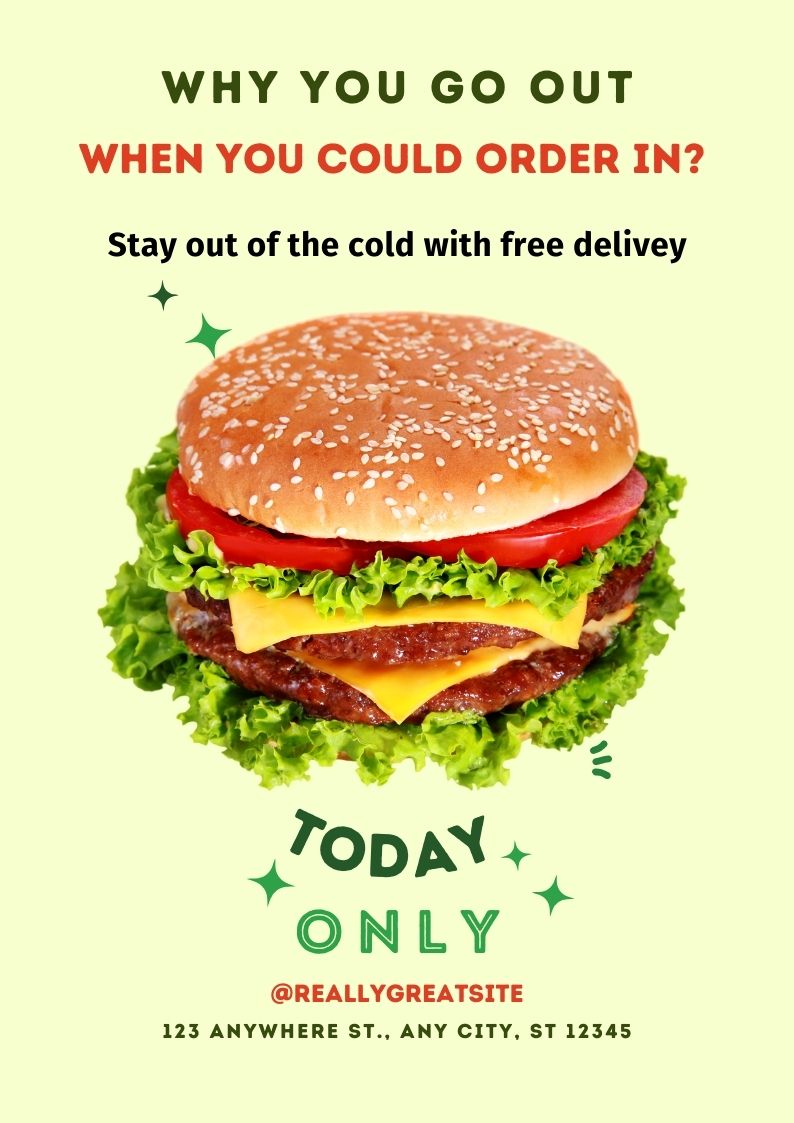
5. Utilize Dynamic Content Blocks
Dynamic content allows you to customize various email elements, such as product recommendations, images, and text, based on the recipient's data. For instance, a travel agency can display different destination images depending on the recipient's previous travel interests.
6. Send Abandoned Cart Reminders
When a customer adds items to their online shopping cart but doesn't complete the purchase, send a personalized reminder email. Include the specific items left in the cart, along with a persuasive call to action to encourage them to finalize the transaction.
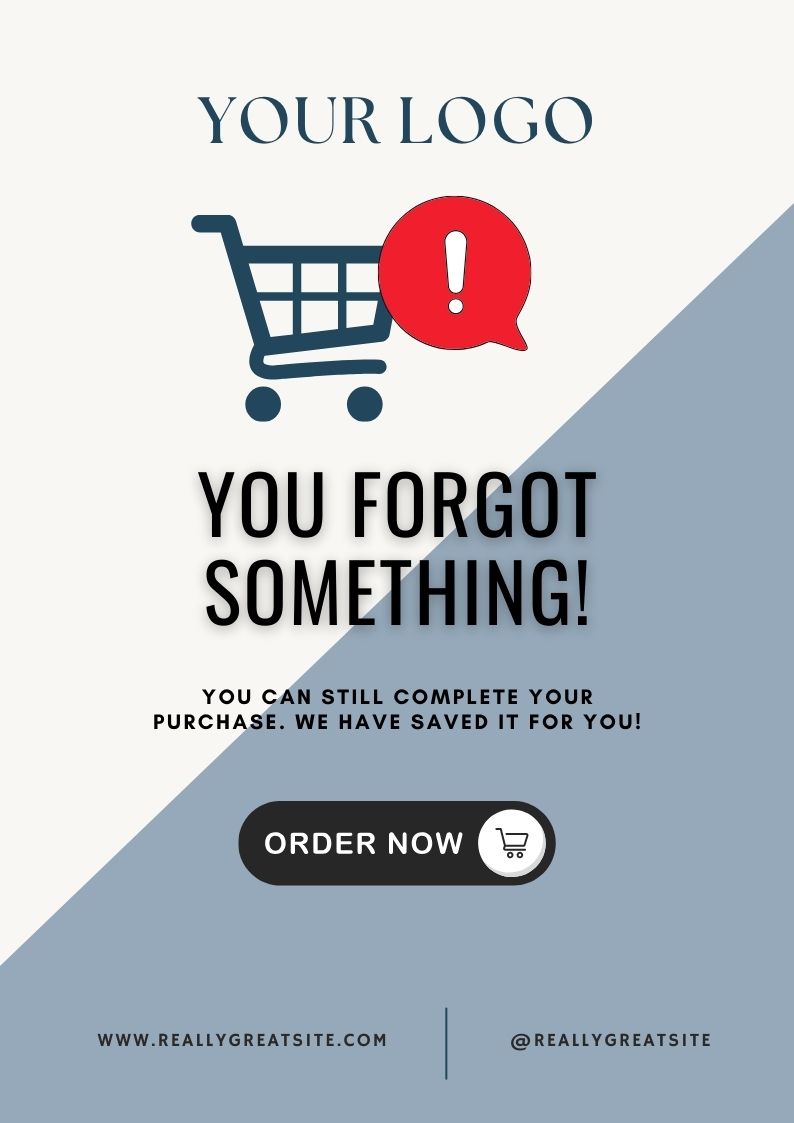
7. Celebrate Milestones
Acknowledge special occasions like birthdays, anniversaries, or the subscriber's joining anniversary with a personalized message or exclusive offer. It's a fantastic way to show appreciation and build a stronger connection.
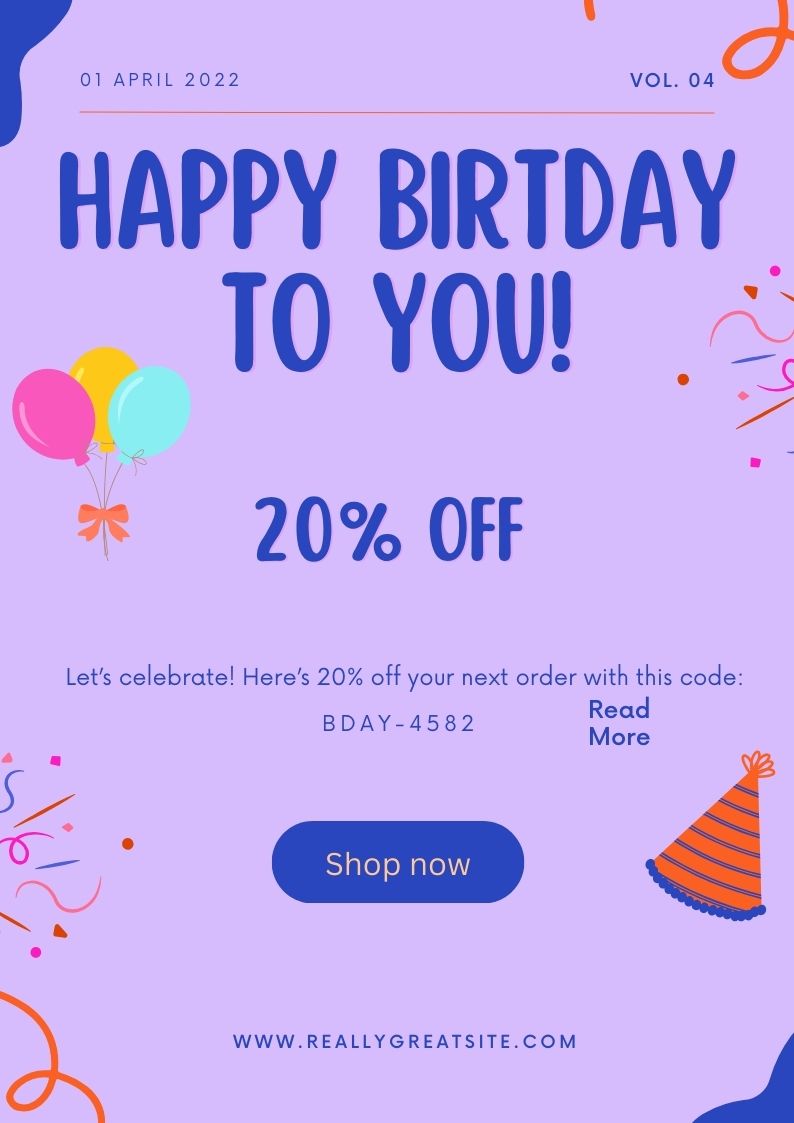
8. Encourage User-Generated Content with Feedback Emails
Engage your audience by encouraging them to share their experiences, reviews, or photos related to your products or services. Feature user-generated content in your emails to build trust and authenticity.
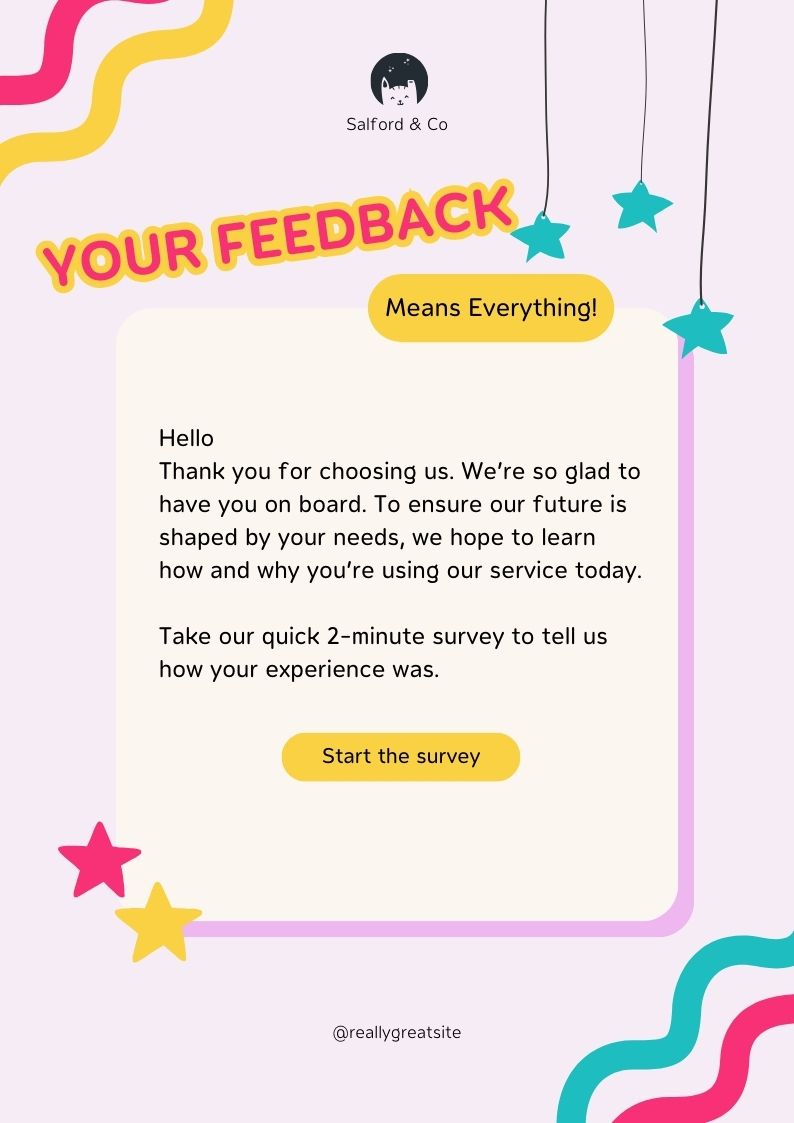
9. Use Behavioral Triggers
Set up automated emails triggered by specific user actions or inactions. For instance, if a subscriber hasn't engaged with your emails in a while, send a re-engagement email with a special incentive to bring them back into the fold.
At last, but not least:
Optimize for mobile personalization.
Ensure that your email campaigns are mobile-responsive, as a significant portion of email opens occurs on mobile devices. Tailor your email templates for seamless viewing on smartphones, and consider incorporating location-based offers for on-the-go consumers.

